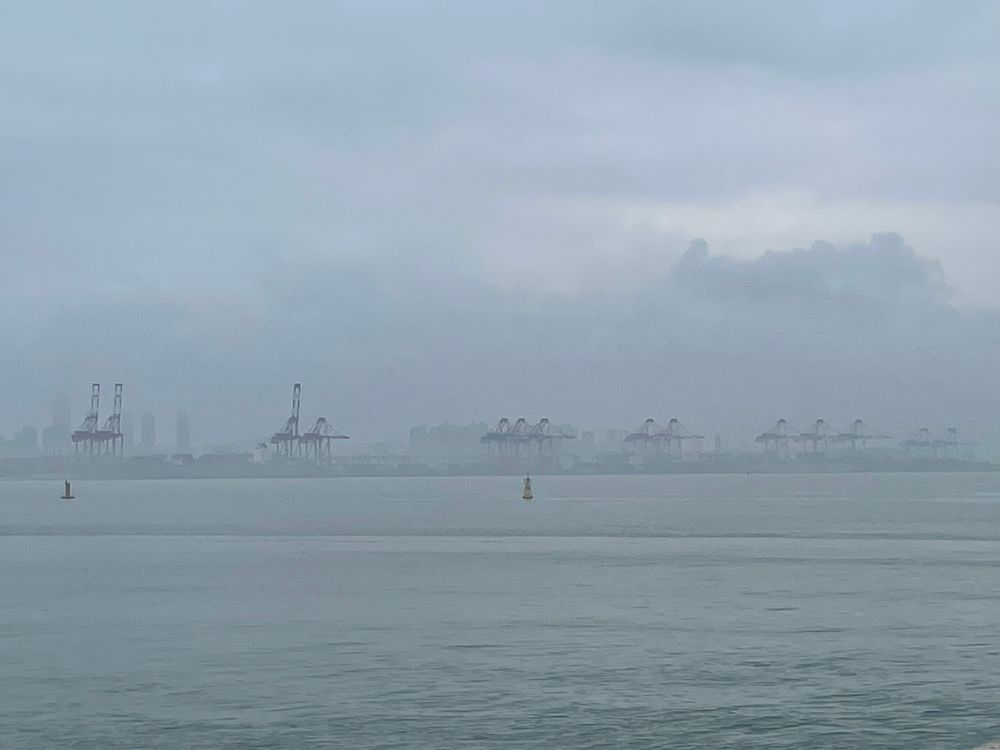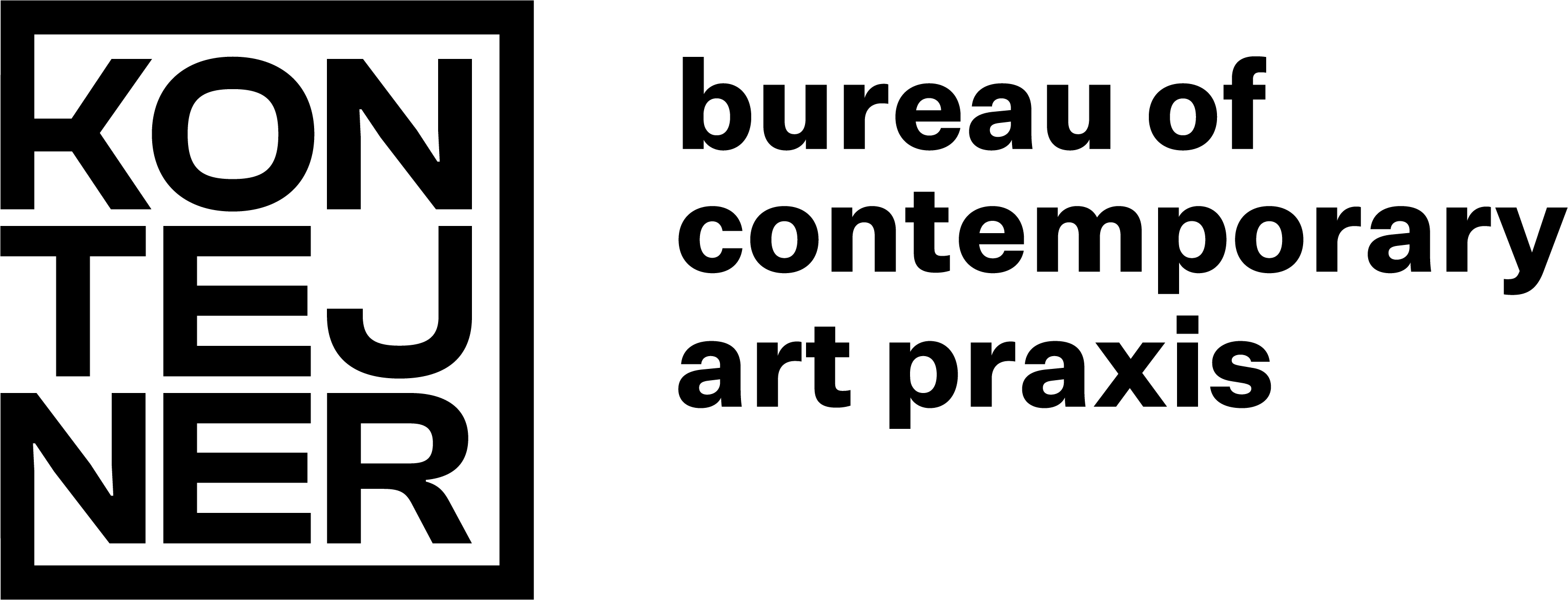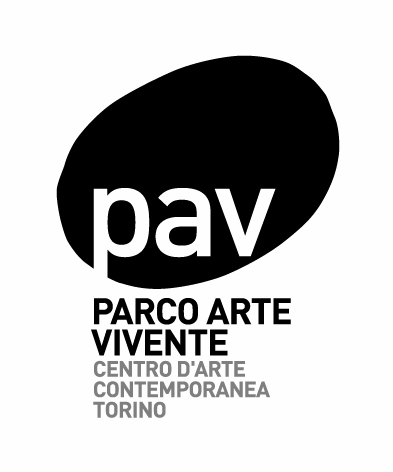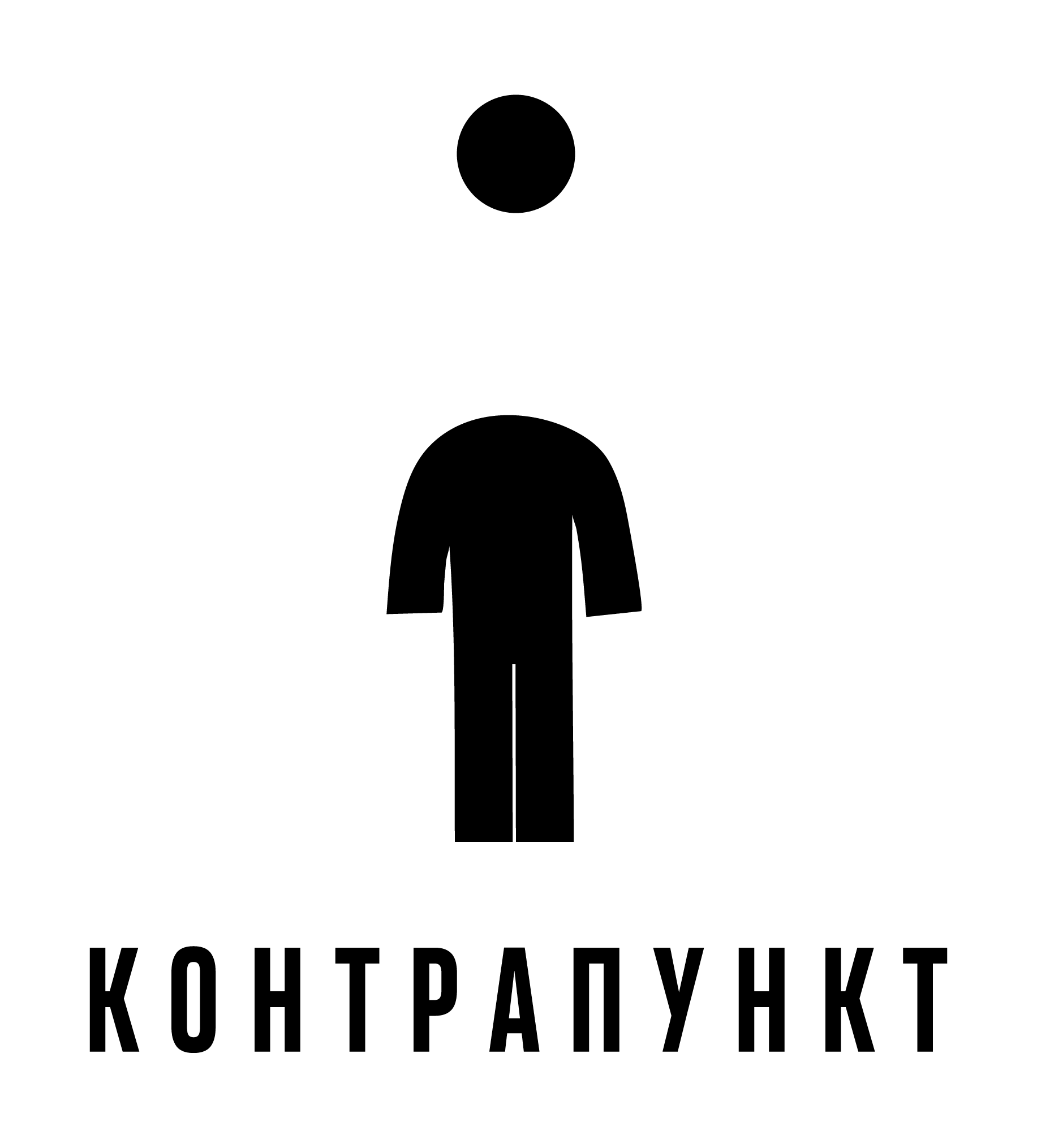Into The (Re)Wild – An essay by Minji Kim

The following essay by Minji Kim comes from the sixth issue of Ecoes, Sonic Acts‘ periodic magazine about art in the age of pollution. Read this essay and much more in print by Ordering a copy from Sonic Acts webshop.
Sihwa, which literally translates as ‘finally bright’ in Korean, is an artifcial lake located between the cities of Siheung and Hwaseong on the western coast of South Korea. The area features a complex coastline, characterised by its shallow depths and signifcant tidal range. In terms of size, it holds a place among the world’s top five tidal fats, with the vast Wadden Sea tidal flats, which extend along the shorelines of Denmark, Germany, and the Netherlands, ranking as the largest.
Within the bay area formed between Siheung and Hwaseong, a seawall was built to create the artifcial lake of Sihwa. A road-like bridge connects the two cities, serving as a dividing line between the artificial lake and the open sea. When one drives across the bridge, a distinct landscape comes into view. The lights of the plant towers shine across the water’s surface, fickering in unison against the backdrop of a mist-covered sky. On the far side of the open sea, construction vehicles move slowly, while intertidal birds wander over the exposed tidal fats. Beneath the bridge, extending across a total of 2.76 kilometres, there are sluice gates, allowing the water from the artifcial lake to ebb and fow. The ecology of the lake waters has adapted to the rhythm of the artifcial currents created by these sluice gates.
In July 2023, over the course of one month, I conducted field research in the Sihwa watershed. I sought to addresses the question posited by the Sonic Acts’ residency The Lives of Deltas: How can ecological approaches to pollution and pollination re-frame interspecies networks in the contemporary urban delta?.1 Embarking on a feld study, I delved into the observed ecological, geographical, and sociological layers, encompassing a critique of post-ecological urbanisation and capitalist development, alongside the notion of rewilding. This corresponding text, which narrates my findings, experiences and encounters along the lake shore, unfolds as a chronological analysis spanning more than 30 years. Following the timeline of the Sihwa reclamation project, I seek to shed light on the intricate histories of various species, including humans, while also highlighting the potential environmental resurgence that might be rekindled.
1980: After oil money
During the frst oil crisis, Gulf countries fourished economically and, leveraging their accumulated wealth, formulated plans to construct social infrastructures such as roads and harbours. The rapid pace of construction served as an opportunity to absorb labour from overseas due to the scarcity of the Gulf domestic workforce.2 In Korea, this led to a remarkable increase in the proportion of foreign labourers, from 37% in 1975, to 65% in 1985.3 This period also witnessed a signifcant surge in the migration of South Korean labour to the Middle East. This phenomenon was propelled by the nationwide, post-Korean War slogan ‘Live Well’, coupled with vigorous corporate expansion and the aspirations of young people to escape poverty. Consequently, a substantial portion, between 93% and 98%,4 of overseas workers were annually dispatched to the Middle East, meeting the needs of the region’s construction boom. However, in 1980, following oil-producing countries’ increasing emphasis on domestic project orders, many South Korean heavy equipment operators and labourers working abroad returned home. This phenomenon coincided with large-scale South Korean reclamation projects, such as the Sihwa development project. Korean machinery was withdrawn from the Middle East and facilities were decommissioned.5 Efforts were instead concentrated on bolstering the domestic economy and expanding national territory. By bringing fresh water from artifcial reservoirs to the reclaimed agricultural and industrial areas, these projects aimed to form coastal industrial belts on the western coast, dispersing the population from within the capital region and regulating the influx of business facilities into the Seoul metropolitan area.
1987: A straight border (reclamation)
The Sihwa District Development Project began with the construction of a seawall. To develop the 17,300-ha reclamation area of vast tidal fats spread around the city of Siheung and Hwaseong county, a seawall spanning 12.7 km with five sluice gates was built, creating a freshwater reservoir to hold approximately 180 million tons of water. This was the longest seawall built in Korea and the largest reclamation project in Asia at the time.
The project gave hope to the local fshermen and merchants, who sold their homes at bargain prices, exchanging their livelihoods for a compensation and the high prospect for economic growth. Local residents eagerly anticipated the completion of Lake Sihwa, even suppressing voices of discontent. However, following the commencement of the seawall construction, the bright prospects for Lake Sihwa began to disintegrate. The cessation of seawater infow led to accelerated anthropogenic contamination from heavy metals, resulting in eutrophication and the rapid formation of lifeless zones. Nearby factories also illicitly discharged wastewater. As is common knowledge, stagnant waters turn fetid. Predictably, the once-vibrant Sihwa fell victim to decay.
1988: Local unemployment, divorce, and suicide
During low tide, using simple fishing tools, the residents of the villages had gathered clams and octopuses. They also cultivated various shellfsh species such as oysters, clams, Venus clams, and cockles to sustain their income.7 However, following the construction of the seawall, the marine environment started rapidly declining. Ultimately, maintaining their livelihoods through fshing became increasingly challenging.8 Furthermore, the tidal fats, which were considered a common resource (part of the sea), historically shared equally among fishing communities, given the absence of individually owned agricultural land, made it diffcult to claim compensation. In 1988, this situation prompted almost all the villages around Lake Sihwa to engage in class-action lawsuit against the government seeking compensation for traditional fisheries.9 Through the frst and second round of litigation, they won and received individual pay-outs. With this compensation, the fishermen sold their goods in nearby rural areas and sought jobs in urban centres. However, accustomed to relatively flexible working hours governed by the tides, many found it difficult to adjust to the fixed schedule of the city.
Possessing limited skills beyond fshing, a large number returned to their villages. Additionally, as the government’s fnal appeal was won at the Supreme Court, villagers found themselves forced to repay the compensation they had already received, increasing their debts.10 ‘Our village has been completely devastated by the seawall. Some of us lost our livelihoods from fishing, lost the compensation money through fraud in the city. Some went through divorce and others even ended their lives’, said a long-time resident of Daebudo Island, whom I met during on-site research. The Daebudo Island village of Donguri gradually collapsed due to poverty. Once home to around 130 households, now only around 40 families remain, a testament to its decline.
The essay continues. Read the whole article via Sonic Acts.
Photo: View of the industrial complex from the Sihwa Lake. Photo by Minji Kim, 2023. Courtesy of the artist.
Partner organisation















